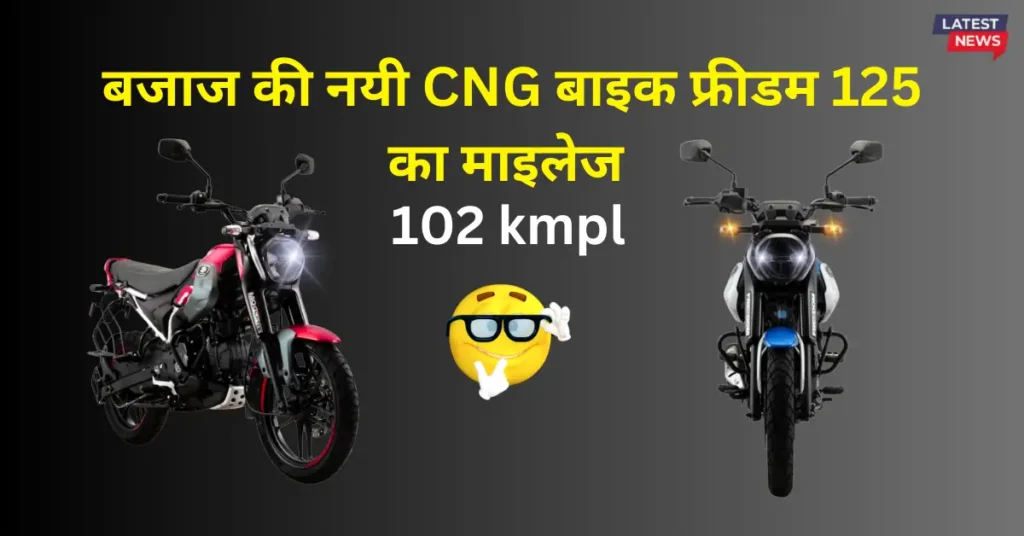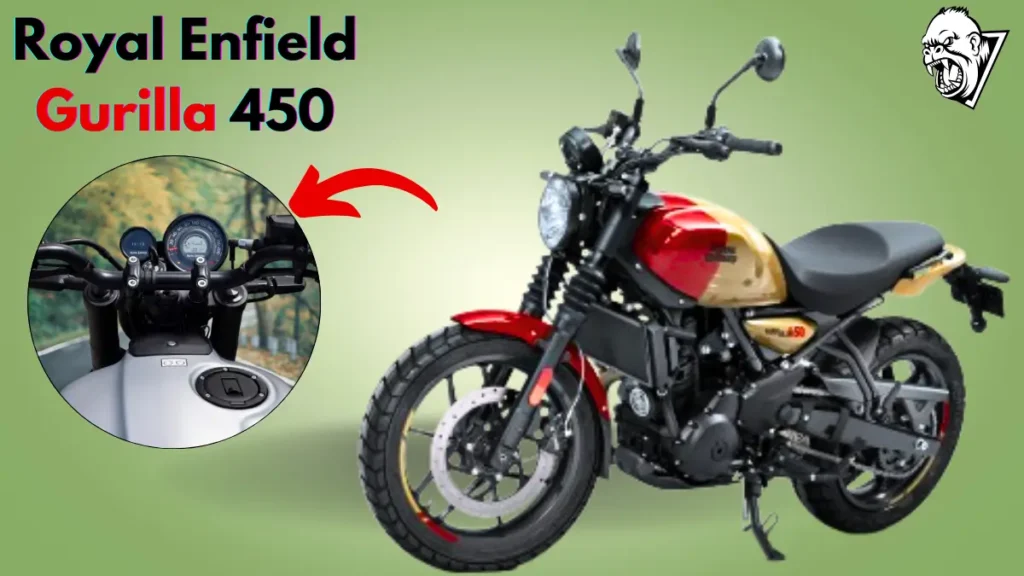Right Helmet for Bike Riding: Hey there, fellow rider, Whether you’re a seasoned motorcycle enthusiast or just starting out, one thing that’s non-negotiable is your helmet. I mean, it’s the one piece of gear that could literally save your life. But with so many options out there, choosing the right helmet can feel a bit overwhelming. Don’t worry, though, I’m here to walk you through it like we’re having a chat over coffee. Let’s dive into how to pick the perfect helmet for your motorcycle adventures.
Why the Right Helmet Matters
First off, let’s talk about why your helmet is so important. It’s not just about looking cool or feeling like a superhero (though we all secretly want to look a bit like a road warrior). A helmet is the crucial piece of safety gear when you’re riding. It’s designed to protect your head, absorbing impact in case of a fall or collision. It’s really the difference between a scary incident and a potentially life-threatening one.

But here’s the kicker: not all helmets are created equal. And not every helmet is going to be the best for you. So let’s make sure you get the right one that fits your riding style, comfort, and safety needs.
Choose the Right Helmet for Bike Riding: Understand the Different Types of Helmets
Before we get into the nitty-gritty of sizing, comfort, and all that good stuff, let’s quickly run through the main types of helmets. It’s important to know the differences so you can pick one that suits your riding.
- Full-Face Helmets
- Modular Helmets
- Open-Face Helmets
- Half Helmets
- Dirt Bike Helmets
Let’s understand in detail why one helmet is different and which one is better.
Read Also: How to improve my motorcycle Mileage.
1. Full-Face Helmets
If you want maximum protection, a full-face helmet is your best bet. This helmet covers your entire head, including your chin and jaw. It’s like the Fort Knox of helmets, giving you solid protection for both your head and face. Full-face helmets are perfect for high-speed riders, long-distance touring, or anyone who wants to feel completely protected. Plus, they often come with visors to shield your eyes from the wind, rain, or sun. it’s right helmet for bike riding anywhere.
2. Modular Helmets
A hybrid between a full-face and an open-face helmet, modular helmets let you lift the front section (the chin bar) for more ventilation and ease of communication when you’re not riding. They’re great for those who want the best of both worlds solid protection when riding but more convenience when taking a quick break. I think modular helmets is right helmet for bike riding.
3. Open-Face Helmets
Open-face helmets cover your head and the back of your neck, but they leave your face exposed. They’re lighter and offer more visibility and airflow than full-face helmets, making them a solid choice for city riding or low-speed cruising. The downside is you lose the protection on your chin and face, which can be risky in a crash.
4. Half Helmets
Think of half helmets like the basic, classic style, the iconic “biker” look. They cover the top of your head, but leave everything else exposed. While they’re lightweight and give you that old-school vibe, they provide the least amount of protection. Half helmets are better for short, low-speed rides but aren’t ideal for more serious protection.
5. Dirt Bike Helmets
If you’re into off-roading, a dirt bike helmet is made specifically for the rigors of riding on rough, uneven terrain. These helmets are designed with extra ventilation and an extended visor to protect you from dirt and debris flying into your face. They’re also usually lighter and offer better mobility for head movements.
Pay special attention to these points when choosing a helmet.
1. Safety Purpose: Safety Standards Are Key
Alright, let’s talk about something really important, safety. It might sound boring, but when it comes to helmets, you don’t want to skimp on safety standards. These are the certifications that ensure your helmet will actually protect you in an accident. Here are the main ones you should look for right helmet for bike riding:
DOT (Department of Transportation)
This is the minimum safety standard for helmets in the United States. Helmets with a DOT certification have passed rigorous tests for impact resistance, retention systems (straps), and more. If you’re riding on public roads, your helmet must be DOT-certified.
ECE (Economic Commission for Europe)
ECE is an international standard used in many countries outside the U.S. It’s similar to DOT but is slightly more stringent in some areas. Some helmets are both DOT and ECE-certified, which is awesome because it means your helmet meets both U.S. and international standards.
Snell: best quality & Right Helmet for Bike Riding.
Snell certification is considered a step above DOT. It’s a voluntary certification that helmet manufacturers can pursue to ensure their helmets meet even more rigorous safety tests. While not mandatory, a Snell-certified helmet provides an extra level of protection, especially for competitive riders or those who want the best possible protection.
MSA (Motorcycle Safety Standard)
This is another certification used in some countries, particularly in Asia. It’s similar to DOT but might be less recognized globally. Always double-check if you’re unsure about the standards in your region.
When choosing your helmet, make sure it’s at least DOT-certified. But if you want that extra peace of mind, look for Snell or ECE ratings as well. A certified helmet can literally save your life, so don’t cut corners here.
2. Helmet Fit: The Most Important Factor
Now, let’s get into the heart of the matter: fit. You’ve probably heard that a helmet should fit snugly, but what does that really mean? Here’s the deal, if your helmet doesn’t fit properly, it’s not going to protect you the way it should. It could even be dangerous. It’s common factor when you choose right helmet for Bike Riding
- Size matters: Helmets come in different sizes, from small to XXL, and they also come in different shapes to accommodate different head types (round, oval, long oval). To get the right size, you’ll need to measure your head circumference. Use a soft measuring tape to measure around your head, just above your eyebrows and around the fullest part of the back of your head.
- It should be snug, not tight: Your helmet should fit snugly all around your head, with no pressure points that cause discomfort. If you can move the helmet easily with your hands (like a helmet that’s too loose), it’s not going to protect you as well in a crash. However, it shouldn’t be uncomfortably tight either. A good test is to put the helmet on and move your head up and down or side to side. It should stay in place without shifting too much.
- The chin strap: Make sure the chin strap is snug but not cutting off circulation. You should be able to fit one or two fingers under the strap when it’s properly fastened. It should stay in place even when you’re shaking your head.
3. Comfort and Features: Right helmet for bike riding
Let’s be real, comfort is huge when it comes to helmets. You’re going to be wearing this thing for hours, so you want it to feel good. Here’s what you should consider:
- Padding and lining: Many helmets come with removable and washable liners. This is a big plus because it keeps things fresh and comfortable. Look for a helmet that has decent padding, especially around the temples and the forehead area, where you might feel more pressure. The more comfortable the padding, the better the ride.
- Ventilation: A helmet without ventilation can turn into a sweaty, uncomfortable mess on a hot day. Good airflow helps keep you cool and dry, even in the hottest weather. Many helmets come with adjustable vents that allow you to control airflow. This is especially important if you’re riding in warmer climates.
- Visor/Face Shield: Depending on the type of helmet you choose, having a visor or face shield is essential. Not only does it protect your eyes from wind, dust, and bugs, but it also shields you from harmful UV rays. Look for helmets that have anti-scratch, anti-fog, or UV-protective face shields.
- Noise Reduction: Let’s not forget about noise. Riding at high speeds can be noisy, and too much wind noise can give you a headache. Some helmets come with noise-reduction features like better ear padding or a design that minimizes wind noise. A quiet helmet can make long rides much more pleasant.
4. Budget
Finally, let’s talk about the price tag. Helmets can range from pretty affordable to “I need to take out a loan” expensive. But here’s the thing: spending a little more on a high-quality helmet is totally worth it. After all, it’s your head we’re talking about. However, that doesn’t mean you have to break the bank. There are plenty of good helmets that won’t cost you an arm and a leg. Just make sure you’re getting the best balance of safety, fit, and comfort for your budget.
Conclusion
Choosing the right helmet for bike riding is a big decision, but it doesn’t have to be stressful. If you keep safety, comfort, and fit as your top priorities, you’ll be on the right track. Don’t rush the process, take your time to try on a few options, do your research, and make sure you’re getting something that’ll protect you while keeping you comfortable on the road.
FAQ for Choosing the Right Helmet for Bike Riding.
What’s the difference between a full-face and an open-face helmet?
A full-face helmet covers your entire head, including the chin and jaw, offering maximum protection. An open-face helmet covers your head and neck but leaves your face exposed, offering better visibility and ventilation but less protection.
How do I know which size helmet to buy?
Measure your head circumference with a soft measuring tape, just above your eyebrows and around the fullest part of the back of your head. The helmet should fit snugly, without pressure points or discomfort.
Are modular helmets a good option for city riders?
Yes, modular helmets are a great option for city riders. They offer the convenience of flipping up the chin bar for ventilation and communication when stopped, while still providing solid protection when riding.
What’s the advantage of a dirt bike helmet for off-roading?
Dirt bike helmets are designed for off-roading, offering extra ventilation, a longer visor to protect from dirt, and lighter construction to accommodate mobility. They’re tailored to the unique demands of rough terrain and debris.

